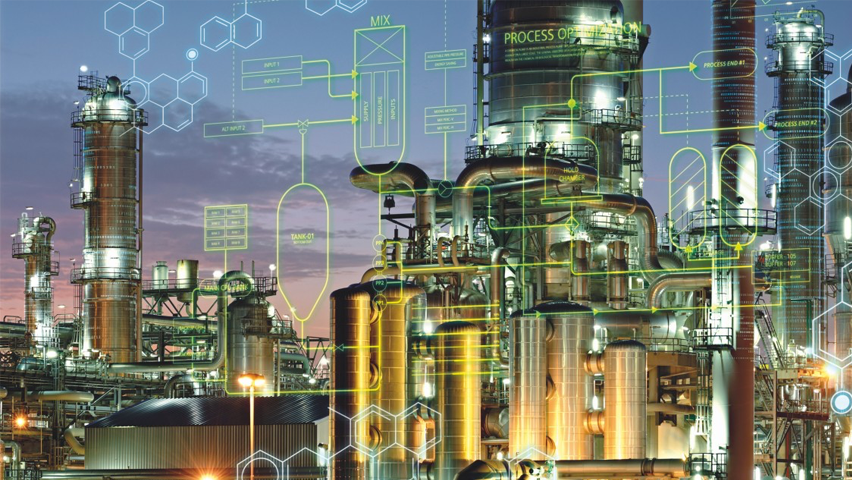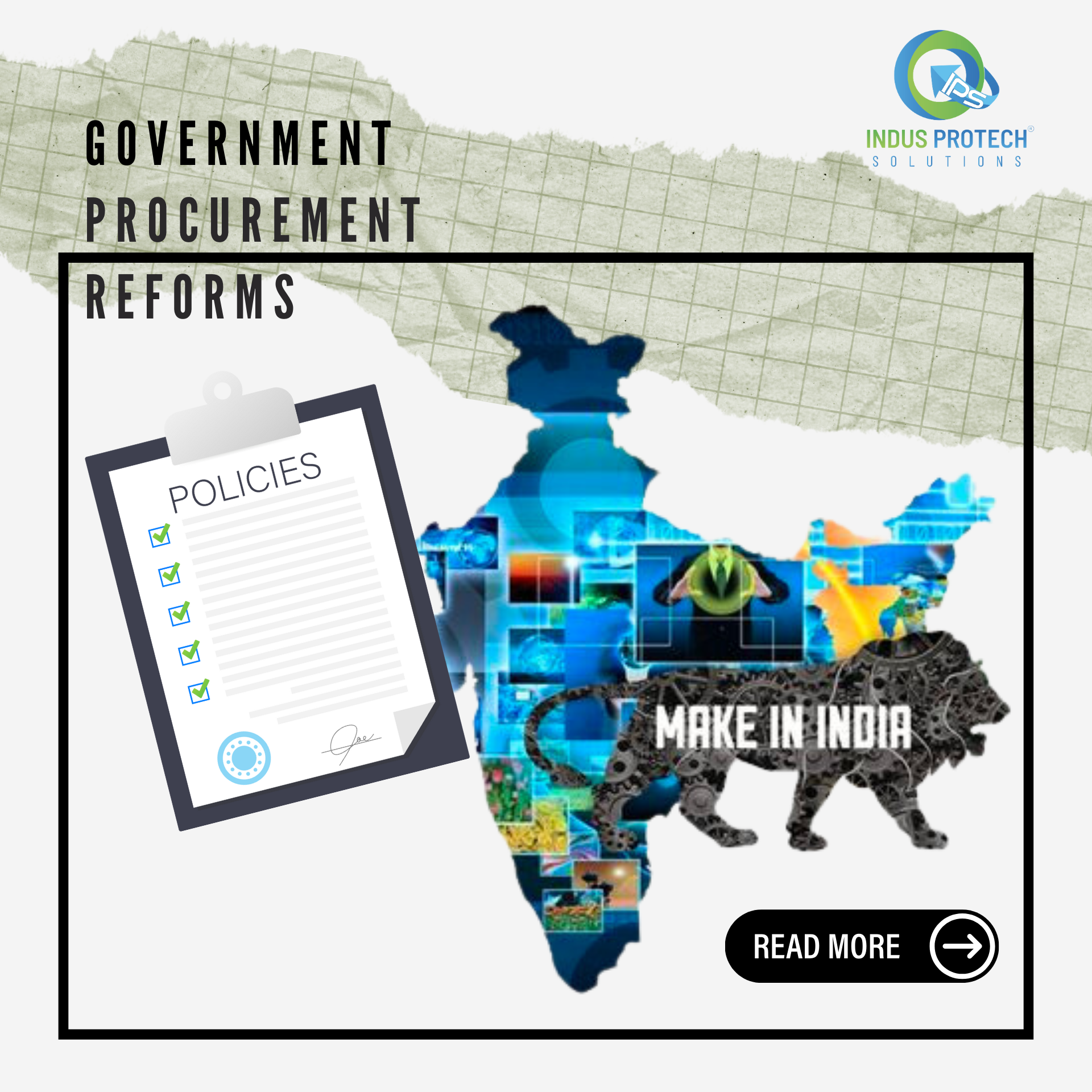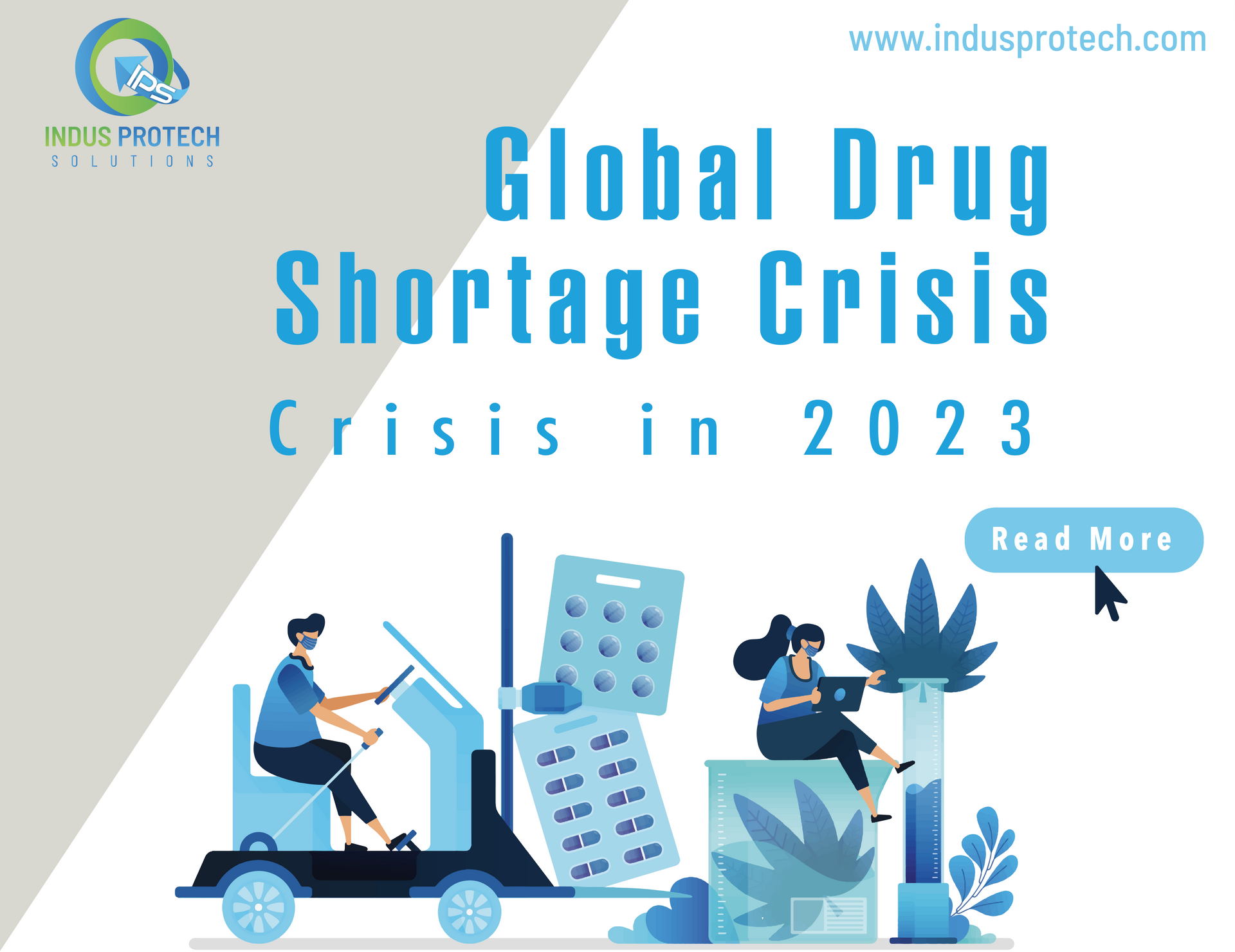A Short Glimpse into the Indian Speciality Chemical Sector
India's chemical sector continues to be a desirable location for chemical companies and outperforms the rest of the world in terms of returns to shareholders. High hopes for sustained, ongoing expansion of the industry's top line and bottom line have been created as a result of this outperformance.
The Indian chemical industry is predicted to grow from USD 178 billion in 2021 to USD 304 billion by 2025, playing a significant role in the nation's economy. It accounts for almost 7% of GDP. For both domestic and international firms, the sector continues to be a desirable centre for prospects. An important sector of India's chemical industry is specialty chemicals. The industry has seen a considerable rise from end-user sectors such the food industry, automobile industry, real estate industry, clothing and cosmetics industry, among other industries, due to increased demand for value-added products from both domestic consumption and exports. The specialty chemicals market in India is also anticipated to grow faster than those in China, Japan, and the rest of the world.
Getting to know specialty chemicals
Speciality chemicals are chemicals intended for particular end-use applications that are used in small amounts (not in bulk). Speciality chemicals are used in a variety of industries, including agriculture, construction, pharmaceutical product processing, chemical and intermediate processing, food processing and home item commerce, as well as transportation. These substances are employed in the production of numerous everyday items.
Compared to commodity chemicals, this category of compounds is distinct. Commodity chemicals are ones that serve a variety of functions. Speciality chemicals, however, are those created for specific preparations.
Segments of the specialty chemicals industry in India
Speciality chemicals represent a large portion of chemical exports which is more than 50%. When it comes to determining the sub-segment potential for export, active pharmaceutical ingredients (APIs), dyes, and pigments continue to rule. Within the category of specialised chemicals, different market segments have different levels of competitiveness, margin profiles, safety from changes in raw material prices, and growth potential.
The speciality chemicals market could be divided into a variety of end-use-driven and application-driven sectors, including agrochemicals, personal care compounds, polymer additives, water chemicals, textile chemicals, and construction chemicals, along with surfactants, flavours and fragrances and dyes and pigments. These make up the bulk of the speciality chemicals market and collectively account for more than 80% of all speciality chemicals.
The three most alluring areas are Agrochemicals, Flavours and Fragrances (F&F), and Personal Care.
Strong product specialisation and differentiation, as well as rapid end-industry expansion, define them. Agrochemicals and F&F stand out among them because of their substantial markets and an array of scaled-up investable assets.
COVID-19 and the disruption of specialty chemical industry
Factors supporting the growth of Specialty Chemicals in India
There are numerous prospects for the import and export of specialised chemicals due to India's strong process engineering capabilities, low-cost production capabilities, and abundant workforce. Government initiatives like the Production-Linked Incentive (PLI) schemes and the Petroleum, Chemicals and Petrochemicals Investment Region (PCPIR) policy also contribute towards the growth and development of the specialty chemicals industry in India.
Challenges Involved
India not only offers a trustworthy alternative to China for sourcing, but it also presents a very attractive chance for MNCs to expand their market share in a fast-growing region.It represents one of the fastest-growing consumer markets in the world, and because the per capita consumption of specialised chemicals is still quite low, there is a tonne of space for expansion. Growing disposable incomes, growing urbanisation, and a significant rise in the demand for high-end goods are just a few of the elements that are predicted to contribute to the speciality chemicals industry's rapid expansion in India.














